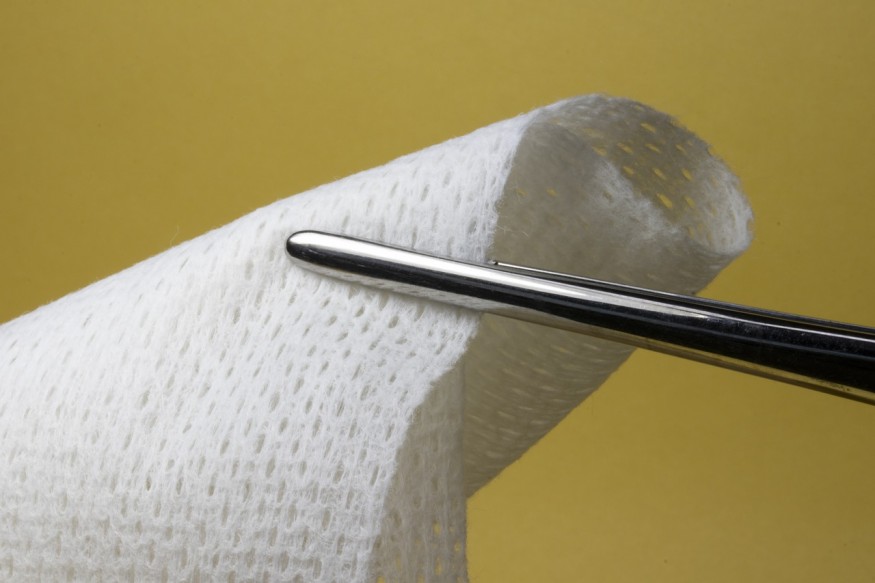Wounds that have not healed for a long time are major challenges in healthcare that affect many people to the extent that it causes them a physical and financial burden and the leading cause of limb amputation. But a new type of multifunctional smart dressings could help solve this problem.
Dynamic and proper therapy is usually administered to inflamed wounds but identifying and tracking its healing process is not always easy. With the new smart wound dressings, its built-in sensors glow to alert patients that their wound is not healing properly so proper drugs or treatment could immediately be given to them.

Smart Wound Dressings Feature Glowing Nanosensors
According to Phys.org, the multifunctional, antimicrobial smart wound dressings have fluorescent sensors that glow under the UV light to alert the patient if an infection is starting to build up in the wound.
RMIT University researchers developed these smart wound dressings that harness the powerful antibacterial and antifungal properties of magnesium hydroxide. They noted that the smart wound dressings were as effective as silver-based ones but are cheaper to produce and would significantly advance the future of wound care.
The antimicrobial properties of the wound dressings could last for a week. Project leader Dr. Vi Khanh Truong said that it would reduce the chances of infection, which often happens with a regular bandage when it is removed to check the progress of wounds.
He added that the nanosensors monitor the infection and let the patient see if anything is going wrong, reducing the frequency of dressing changes and keeping the wounds better protected.
Smart Wound Dressings: The Future of Wound Care
The study, entitled "Fluorescent Magnesium Hydroxide Nanosheet Bandages with Tailored Properties for Biocompatible Antimicrobial Wound Dressings and pH Monitoring" published in ACS Applied Materials and Interfaces, discusses the antimicrobial properties of magnesium hydroxide in the medical field.
It is the first to develop fluorescent magnesium hydroxide nanosheets that could trace the curves of bandage fibers, according to Science Daily. The research team synthesized the nanosheets and embedded them onto nanofibers.
The team tested the nanosheets to changes in pH levels to make them ideal as sensors for tracking the wound healing process. The skin is naturally slightly acidic, but the wound is moderately alkaline.
Nanosheets would glow under UV light in alkaline environments and would fade in acidic conditions, which means that the wound is healing. The study showed that the successful integration of nanosheets to any biocompatible nanofiber could mean that it can be used in standard cotton bandages.
Laboratory tests showed that magnesium hydroxide does not pose any harm to human cells, but instead could kill disease-causing bacteria, such as the drug-resistant golden staph (Staphylococcus aureus) and Candida auris.
The team hopes future research could make the multifunctional smart wound dressings a part of the new generation of low-cost magnesium-based technologies for advanced wound care.
RELATED ARTICLE : New "Smart Bandage" Could Detect and Prevent Infections
Check out more news and information on Materials Science in Science Times.
© 2025 ScienceTimes.com All rights reserved. Do not reproduce without permission. The window to the world of Science Times.












